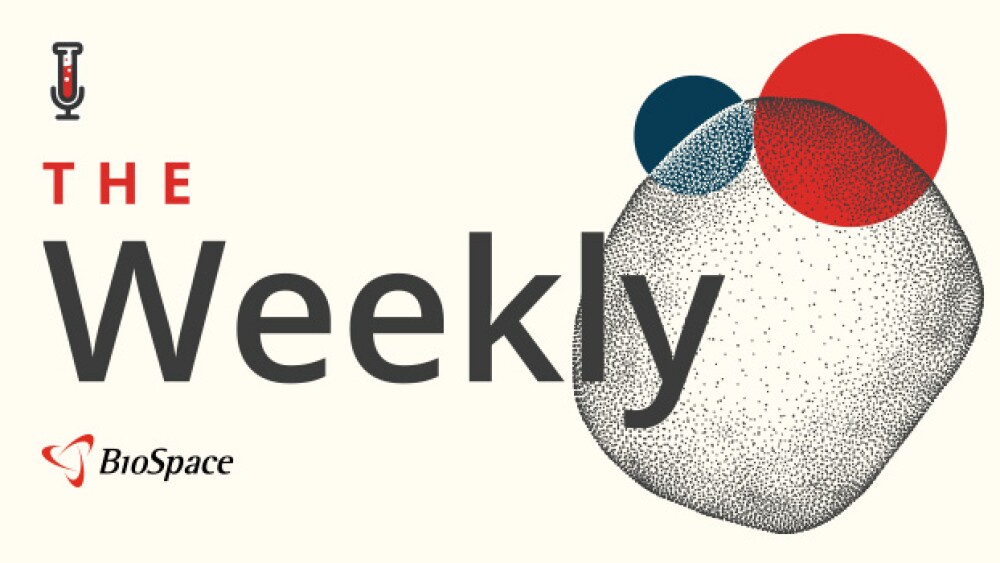Of significance, SPX-101 increased ASL height in all cells tested, including those carrying Class I CFTR mutations that lack functional CFTR protein.
4 Posters detail SPX-101’s unique mechanism and potential to provide clinically meaningful benefit for all people with cystic fibrosis |
| [01-November-2017] |
|
DURHAM, N.C., Nov. 1, 2017 /PRNewswire/ -- Spyryx Biosciences, will share positive data this week highlighting additional insights into the mechanism of action and pharmacological importance of SPX-101, the Company's pipeline therapeutic treatment for cystic fibrosis (CF), at NACFC in Indianapolis, IN. These positive data strengthen the rationale that SPX-101 may be an important treatment option for everyone living with cystic fibrosis regardless of their genetic mutation. The data also further support the ongoing HOPE-1 study, a multinational Phase 2 clinical trial in adult patients with CF in Canada, France, Italy, Portugal, and the United Kingdom (NCT03229252). SPX-101 is an inhaled peptide with a novel mechanism for internalizing epithelial sodium channels (ENaC) from the apical surface of the airway. The drug is intended to promote airway hydration and mucociliary clearance, which are dysfunctional in CF. The mechanism of action of SPX-101 is independent of the genetic mutations that cause CF, which makes it a potential therapy for all those living with CF. "The strong preclinical data presented at NACFC highlight the novel mechanism of action of channel internalization achieved by SPX-101 and fully differentiates the peptide from traditional small molecule ENaC inhibitors", said David Scott, Senior Principal Scientist at Spyryx Biosciences. "We believe these findings demonstrate that SPX-101 targeting reduction of ENaC density represents a unique opportunity to bring clinically meaningful benefit to all CF patients regardless of CFTR mutation by promoting airway hydration and increasing mucociliary clearance." All 4 of Spyryx's posters will be presented in Poster Session I: Poster #199 (also presented in workshop W18: Innovative Approaches to CF Therapy, on Friday, November 3rd at 2:00 pm). "SPX-101, A NOVEL PEPTIDE PROMOTER OF ENAC INTERNALIZATION, MAINTAINS AIRWAY SURFACE LIQUID INDEPENDENT OF CFTR MUTATIONAL STATUS" Dr. Timothy Stuhlmiller will present findings demonstrating functionality of SPX-101 in cell culture to increase airway surface liquid (ASL) of bronchial epithelial cells derived from cystic fibrosis donors. Of significance, SPX-101 increased ASL height in all cells tested, including those carrying Class I CFTR mutations that lack functional CFTR protein. Furthermore, in ΔF508/ ΔF508 cells, the increase in ASL height associated with SPX-101 was greater than combination VX-770 and VX-809 treatment in hypertonic saline. Together, these findings support the potential for SPX-101 to benefit all individuals with cystic fibrosis, regardless of CFTR mutational status. Poster # 117 This study investigated effects of SPX-101 on the physical properties of mucus from CF HBEC. The authors used passive bead microrheology to measure diffusivity transport, which was significantly increased compared to untreated cells. SPX-101 did not alter mucin gene expression, but did increase ASL height. The authors concluded that SPX-101 exhibits mucoactive properties and modifies mucus through cellular processes that promote hydration rather than by mucolytic properties of the compound itself. These data support the hypothesis that SPX-101 has the potential to increase mucociliary clearance through airway hydration and to benefit those living with CF. Poster #291 Unlike previous ENaC channel blockers like amiloride, SPX-101 regulates ENaC by internalization of ENaC subunits. Using CF derived epithelial cells, the authors showed SPX-101 internalized ENaC regardless of CFTR mutational status. In addition, the authors reported a durable response corresponding with the long-lasting response in animal models. Poster #292 The author demonstrated that SPX-101 increases the survival in a mouse model of CF and restores mucociliary clearance in a sheep model of CF. Importantly, the safety studies demonstrated that dogs and rats treated for a month with SPX-101 showed no change in urinary or plasma sodium or potassium concentrations levels and there were no cardiac or respiratory effects. Overall SPX-101 was shown to be effective and safe in healthy animals and in models of CF. About Cystic Fibrosis About Spyryx Biosciences
View original content with multimedia:http://www.prnewswire.com/news-releases/positive-pre-clinical-data-supporting-spx-101-to-be-presented-at-the-north-american-cystic-fibrosis-conference-300547508.html SOURCE Spyryx Biosciences, Inc. |




